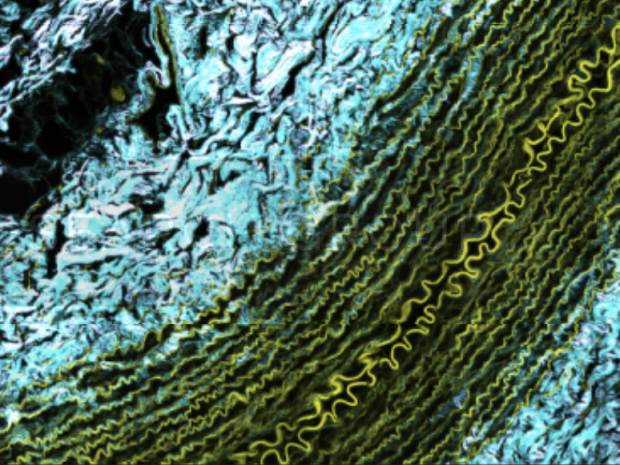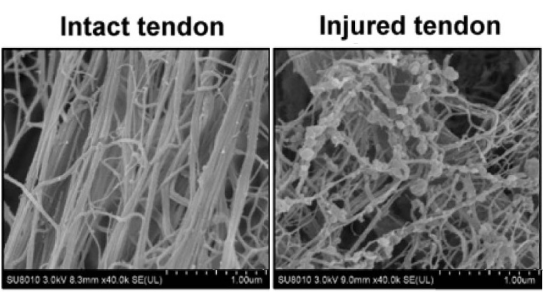Controlling Phase Separation in Elastomeric (Poly) Peptides in the Production of Micro- and Nano-Structured Materials

Speaker:
Kristi L. Kiick, PhD
Professor and Chair, Department of Biomedical Engineering
Blue and Gold Distinguished Professor, Dept. of Materials Science and Engineering
University of Delaware
Abstract:
Macromolecular materials that are capable of selectively and efficiently localizing cells, factors, and/or drugs offer important approaches for mediating biological events and in the development of hybrid materials. We have employed a combination of biosynthetic tools, bioconjugation strategies, and biomimetic assembly to produce thermoresponsive (poly)peptides derived from sequences of resilin, elastin, and collagen. These materials can be designed to control localization of biomolecules with tunable microscale mechanics, and materials with select properties have demonstrated promise for healing vascular graft materials in vivo. In addition, these types of materials not only show controllable micro- and nanoscale morphologies, but also have promise for targeted drug delivery to damaged tissue in vivo.
After receiving a BS degree in Chemistry from the University of Delaware, Dr. Kiick pursued a Ph.D. degree in Polymer Science and Engineering at the University of Massachusetts Amherst. She went on to spend 3 years at the California Institute of Technology, before returning to University of Delaware as an Assistant Professor. In 2020 she was appointed Chair of the BME department. A Fellow of the National Academy of Inventors, the American Association for the Advancement of Science, and of the American Chemical Society, she has published more than 150 articles, book chapters, and patents. Among others, Kiick’s honors also included being named a Beckman Young Investigator, a DuPont Young Professor, receiving an NSF CAREER award, and inductions as a fellow of the American Institute for Medical and Biological Engineering and the American Chemical Society Division of Polymer Chemistry.


